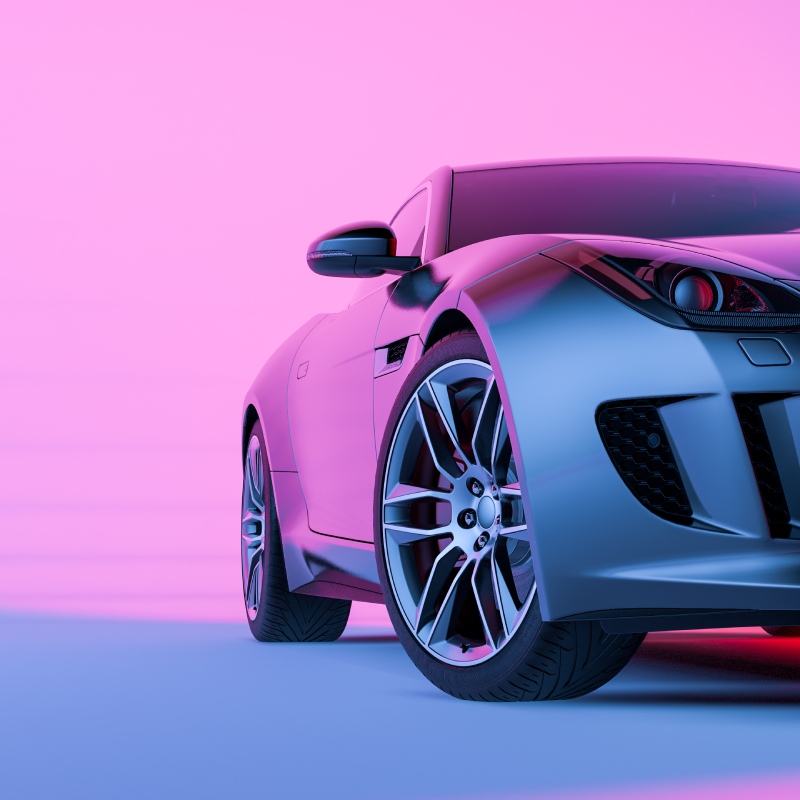How to win on the road of automobile electrification competition?
For many years, automobile manufacturers have been facing the challenge of greater power demand. In the early days, the car was powered by 6V battery. Until the mid-1950s, the car system evolved into 12V power supply to meet the permanent demand for higher power. Automobile manufacturers not only need to predict new power demand for windows, steering systems and seats, but also need to provide more power for new high-voltage engines.
Recently, stimulated by the compliance of CO2 emissions, OEM manufacturers have to reconsider how to power vehicles again. Although OEM manufacturers are introducing electric vehicles to meet these standards, there is no unified method to power all subsystems of motors and vehicles.
The sharp increase of power supply demand makes this deficiency more obvious. The power of internal combustion engine vehicles is usually between 600W and 3KW. New electric vehicles, hybrid electric vehicles and plug-in hybrid electric vehicles (xev) all need more than 3KW to 60kW power, which is 5 ~ 20 times higher than the original power.
The increase of 5 ~ 20 times will put great pressure on the size, weight and complexity of vehicle power supply network (PDN). These demands will have a negative impact on energy efficiency, reliability and even comfort and safety, because the increase of size and weight will lead to the compromise of vehicle characteristics. If automobile manufacturers continue to use the traditional power supply mode, there will not be enough space to meet all electrical needs. In order to meet this challenge, they need to find a lightweight and compact solution, which can not only alleviate the significant growth of power volume, but also have flexibility and can be reused in the whole product line.
In addition to the main technical challenges, OEM manufacturers are also increasing their pressure and promising to realize the full electrification of products in the next 10 years, although the specific details of how to achieve this goal are still an open question. In the whole electric vehicle market, there is no clear way to realize electrification and standardization. Therefore, although OEM manufacturers may have the same goals, their PDNS will be very different.
Horsepower for the development momentum of electrification.
Over the years, the output of electric vehicles has accounted for less than 1% of the total global automobile production. According to the data of the team of Credit Suisse Global Automobile Research Center, this proportion will soar from 11% in 2020 to 62% in 2030, and the global automobile sales will reach 63 million. Nearly half (29 million) are expected to be fully electrified.
What are the factors driving the explosive growth of electric vehicles? Although emission standards and government incentives have started this process, it is the desire of consumers that brings huge demand, which makes OEM manufacturers push electric vehicles from the market segment to the mainstream market. These OEM manufacturers have now made bold commitments.
OEM manufacturers are now electrifying some of the most popular and popular cars. GM Hummer, Ford's new mache (electric Mustang) and flagship F150 light truck (lightning) are being electrified. Due to their exciting performance improvements and fashionable design, these models are attracting public attention.
These new cars have better fast charging technology and lower maintenance cost, which is a catalyst to stimulate the utilization of consumer powered vehicles. Consumers see value, so the growth momentum is increasing.
High risk, high performance electrification challenges.
The number of automotive platforms, consumer choices, different powertrain architectures, and the choice of battery and charging configurations all increase the complexity of automotive electrification, which must be solved by powertrain designers.
In order to optimize automotive electrification, OEM manufacturers need to improve power levels, reduce the size and weight of power supply networks, and provide better thermal management and reusability. The traditional design method of power system must change from complex custom split design to smaller, more flexible, easier to use and higher density modular solution.
Accelerate the pace of electrification.
OEM manufacturers must reconsider their power supply architecture to achieve positive electrification goals. In addition to finding efficient solutions to accelerate and optimize electrification, three requirements must be met.
Power density: whether designing fast sports cars, light trucks or household cars, OEM manufacturers need to provide as much power as possible in limited space. Cars need compact and efficient power solutions.
Flexibility / scalability: many vehicles use the same platform. Therefore, convenient power expansion is very important when modifying and sharing the power supply of cars, small trucks and SUVs on the same platform.
Reusable: in order to achieve vehicle electrification, OEM manufacturers need to be able to reuse the power supply design between different models to speed up the listing process.
Power density.
The size and weight of power electronics used on various xev platforms are directly related to vehicle performance, energy efficiency and battery range. OEM manufacturers are faster. OEM manufacturers are actively reducing the size and weight of their power electronics products and encouraging R & D teams to reduce vehicle weight. For example, VICOR's small bus converter module (bcm6135) with 98% efficiency weighs only 68 grams and can be easily combined with EMI filtering, smaller heat dissipation structure and housing to replace 25 kg of 48V battery. At 61 × thirty-five × In the small package of 7mm, the high-density power module converts the 400 ~ 800V main battery to 48V, which can provide more than 2kW power, and the power density exceeds 4.3kw/in3.
Flexibility / scalability.
Designers of OEM manufacturers should standardize the subsystems integrated in the vehicle as much as possible to save time, money and resources. However, with different levels of automotive interior, each subsystem needs different design. Due to the development of automobile electrification, the power supply system design team is facing the challenge of changing power supply demand.
For example, the power requirement for a truck may be 5kW, but a light truck equipped with short row lights, trailer, plow and alternator may need 10kW. Using the same platform and a little extra space, engineers can quickly add or remove pre qualified components from the array to increase or reduce power.
In addition, the modular design can also realize the distributed power architecture through 48V bus, providing higher flexibility. The power module can be arranged at a convenient location for local 48V / 12V conversion, which can be close to the trunk behind the storage box or each wheel. Deploying modular solutions not only provides design flexibility, but also optimizes power changes and manufacturing processes.
Reusable.
One of the most common delays in vehicle development is the approval of electronic components for use in vehicles. Sometimes this process may take two to three years to pass to obtain approval procedures for individual components. R & D teams often find ways to reuse existing components to save development and approval time and valuable resources.
For example, a traditional PDN based on a split DC-DC converter design may consist of more than 200 large components, but VICOR's advanced technology provides only a single high-density power module. For the engineering team, in order to achieve the same function, compared with more than 200 independent components, the time saving is very significant.
In addition, the modular approach allows engineers to use three to four different types of extensible component modules to achieve about 300 power supply combinations. This design method can save hundreds of hours of time and resources and help OEM manufacturers take the lead in the electrification competition.
OEM manufacturers are facing great challenges, not only to cross the electrification finish line, but also to complete the design of xev series, bringing long-term benefits. The design method of modular power supply system can provide competitive advantage in this important market share competition. Now we need to innovate in the form of new structure and topology, which can not only provide the highest performance at present, but also reuse and configure in the future.
The traditional power supply design can not meet this degree of flexibility and ease of use. For OEM manufacturers, in order to achieve positive electrification goals, it is best to adopt a modular approach, which can not only provide the highest performance at multiple important levels, but also help them meet the most complex xev power requirements.



